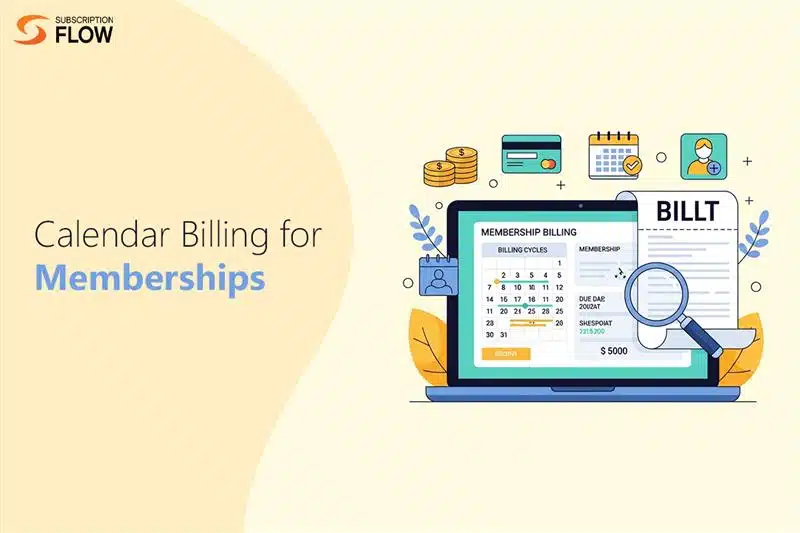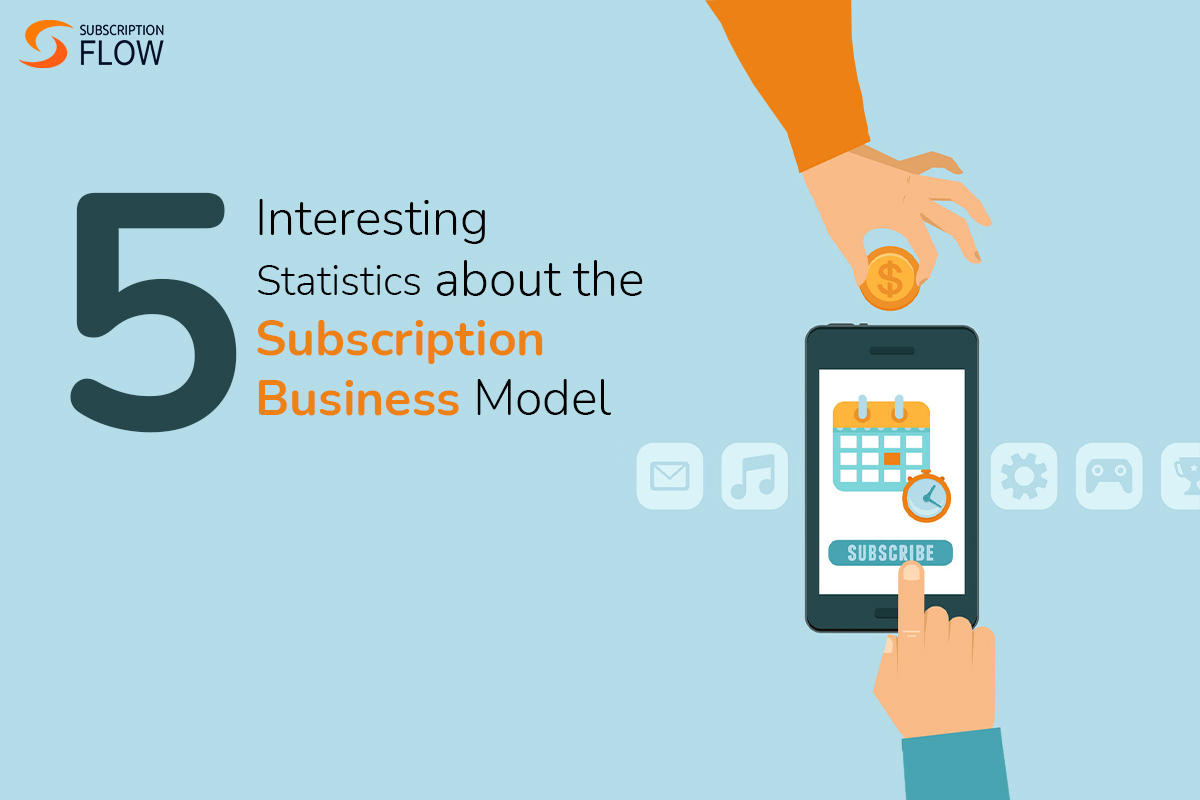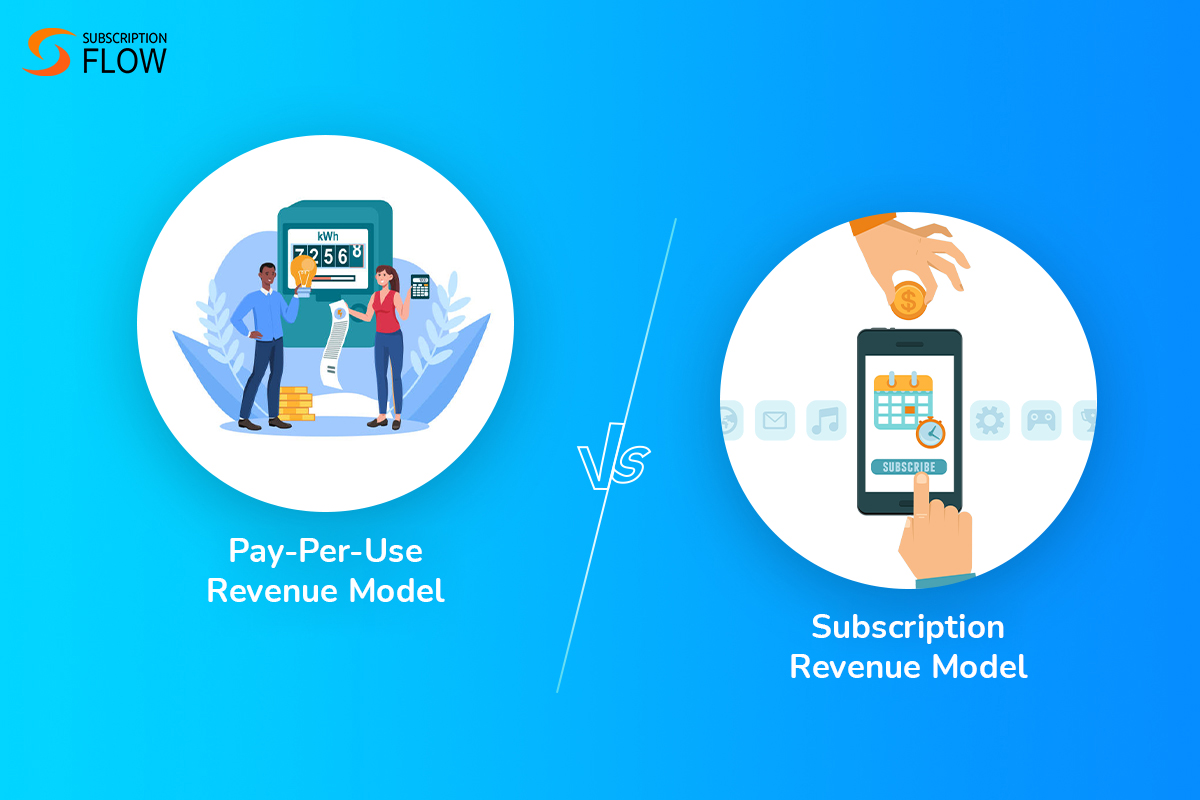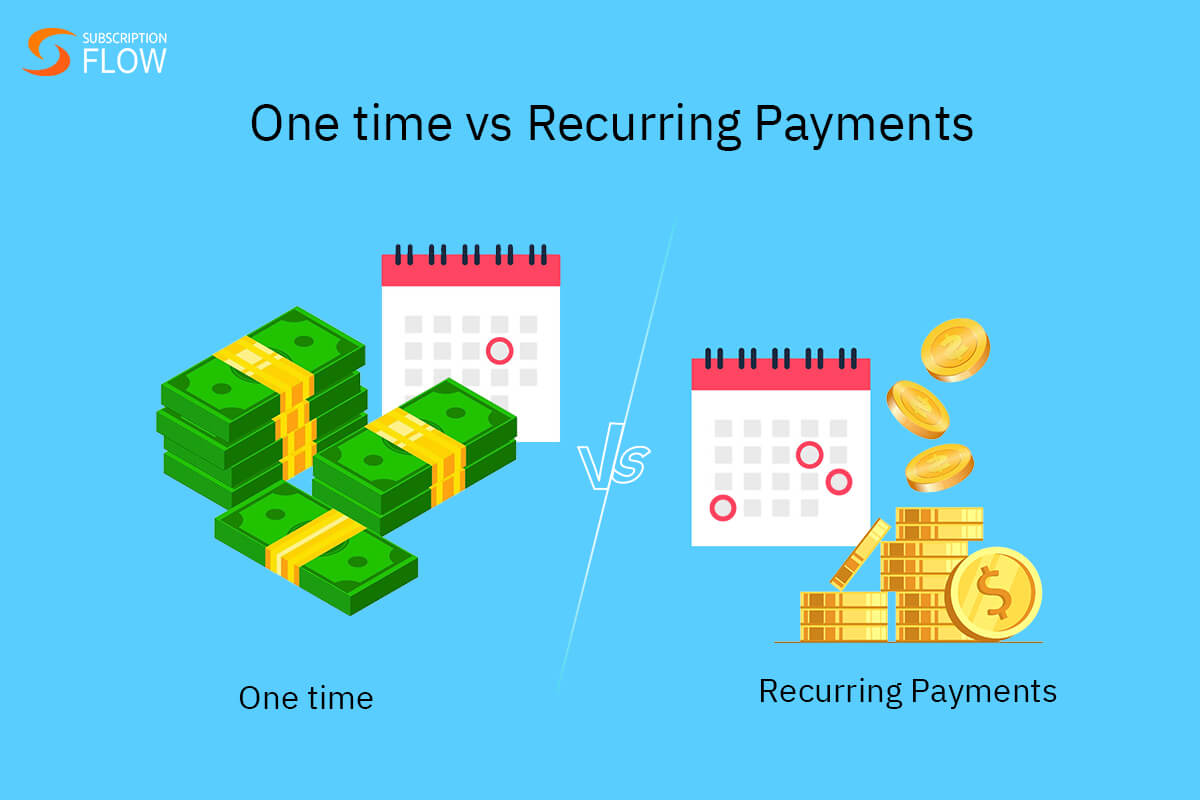
Calendar Billing for Memberships: Bringing Clarity to Payments, and Predictability to Revenue
Memberships often enroll new subscribers on a rolling basis, and so each subscriber has unique billing dates. The downside of setting up billing cycles like this is that they lead to confusion. For both the business and the customer.
Businesses have to stay on their toes to keep up with each customer’s billing cycle, so as to not miss their payments. Customers, on the other hand, must remember random renewal dates and plan their payments accordingly.
Calendar billing addresses these problems by making it possible to bill all members on the same date. It reduces the clutter around billing cycles, coordinates payment processes, and makes revenue more foreseeable. Let’s explore calendar billing for memberships in detail.
What is Calendar Billing for Memberships?
Calendar billing means billing all subscribers on a single date, such as the 1st of every month. It ensures that all subscribers quite literally stay on the same page with regards to payment timelines. This billing method is in contrast to anniversary billing.
In anniversary billing, customers are invoiced on the same date they enrolled in the membership. For example, if a member joins on the 15th of January, this will become their fixed billing date too. If this member subscribed to a monthly plan, then they would have to make the next payment on the 15th of February. And if they signed up for a yearly plan, then they would pay again on the 15th of Jan next year.
Calendar billing, on the other hand, combines all the members’ billing dates into any one date on the calendar. And this is most preferably the first or last date of the month, as it is easier to remember, and convenient for organization.
Why Calendar Billing Makes Sense for Memberships?
Many memberships prefer calendar billing over anniversary billing for these reasons:
- More Predictable Cash Flow
Imagine having a fixed date when you can expect all your revenue to flow in. That’s what calendar billing enables for you. By keeping all customers’ payment cycles aligned, it helps you collect all due payments on one day making revenue forecasting easier than ever. Memberships can know when their revenue is expected, and plan for costs and future operations accordingly.
- Easier Accounting
Businesses have to match each customer’s invoice with their payment. This is to ensure that both figures align, and that there has been no revenue leakage. It also helps businesses identify invoices that have not been paid yet, helping them reach out to customers on time.
But with anniversary billing, account management becomes difficult. Since invoices are not generated and sent to customers the same day, each invoice’s reconciliation has to be done separately.
However, with calendar billing, the business can easily transfer its entire batch of invoices for a cycle to its accounting platform. It can have them all reconciled immediately.
- Lesser Confusion for Members
Customers don’t have to memorize random dates on which they have to be billed. They can easily expect charge deduction at the first or last of each month. This simplifies their payment schedule, and clarifies their billing expectations. They are not charged at random times, and presented with bills they might have forgotten.
- Fairness and Transparency
Calendar billing promotes fairness as it supports charge proration. Charge proration means adjusting customers’ charges according to their usage. For instance, there is a customer that joins a membership on the 10th of October. This membership uses calendar billing, and charges on the first of the month.
So for this member who has joined mid-cycle, the total charges are prorated, and he only pays for the 20 days remaining in the cycle. In November, he pays the full amount on the 1st, just like the rest of the subscribers. So this aligns his billing cycle with the others.
In other words, if customers join mid-cycle, they are only charged for the days remaining in the cycle. They don’t pay for what they don’t use. Their invoices also reflect their prorated charges, making billing more transparent for them.
- Unified Access and Feature Drop Support
This billing type is great for memberships that want their members to have unified access. Suppose they have monthly events or programs that follow fixed schedules. By aligning all members’ billing cycles, the business ensures that they get equal access to these programs.
All members pay and renew membership at the same time, and then start utilizing services at the same time too. If memberships establish this payment routine, it helps them drop new features efficiently as well. They can introduce new features or services at the same time to all their members.
Common Pain Points of Calendar Billing
Calendar billing is great but doesn’t come without complications. These are some pain points memberships have to deal with:
- Proration can be challenging
For customers that sign up in the middle of a billing cycle, the solution is charge proration. However, proration is by no means simple. Especially if it is performed manually. Businesses have to ensure accurate billing for each customer who joins mid-cycle.
It is difficult to always calculate with machine-like precision in the absence of the right billing software.
- Trial periods might not align with calendar start
Imagine a membership offers a 10-day free trial to new users. A user consumes their free trial in the middle of the month, i.e. from the 5th to the 14th of January. Now they have to be billed like a regular member. However, since their trial has ended before the calendar start, the member will have to pay partially first, i.e. for 15th to 31st Jan.
In this scenario, the business not only has to prorate the member’s charge, but also has to track trial start and end dates. This involves proactive billing management, and then cycle alignment.
- Customers may pause membership mid-cycle
What if a member pauses in the middle of the month? Does the business grant them membership access till the end of the month despite the pause? Or does it restrict access there and then?
And if they do pause membership, then what if the customer returns next cycle? Do they add the paused days to their membership duration, or do they prorate those charges and issue the member a refund?
Memberships must be prepared for situations like these, and it is not easy to handle such intricate calculations manually.
How Subscription Billing Software Makes Calendar Billing Effortless
It is best for memberships to implement calendar billing with the help of a billing software. Billing software provides them with the right level of automation needed to accelerate payment processes. With this software, they don’t need to perform important tasks, such as billing date tracking, manually.
SubscriptionFlow is a leading billing software in this regard, as it can be tailored to the workflows of each membership. This is how businesses can execute calendar billing with SubscriptionFlow:
- Set fixed billing dates
Businesses can set up billing dates that align with their operations. They can choose the 1st or 30th of each month for more simplified cycles. Or, they can choose a custom date, such as the 10th of each month to align payment cycles accordingly. Their choice depends upon their strategy, and how they want to ensure unified access to their services.
- Automate proration
With automation in place, businesses can forget about tricky manual calculations. They don’t need to remember any customer’s sign up date to manually align their payment cycle with the rest. SubscriptionFlow does all the tracking and calculations itself. Members joining mid-month can get their membership running smoothly with auto-charge prorations, and cycle alignments.
- Renew membership automatically
Every member is renewed as per schedule. No renewals are missed. Even those members are renewed who joined shortly before the renewal date. Their first charge is prorated at the time of their sign up, and then, they get to pay like regular members from the start of the next month.
This ensures that the business doesn’t miss collecting any of its payments, and that the collection is done timely. Otherwise, manually drafting invoices one by one can be very time-consuming, and can slow down payment collection.
- Payment reminders and retries
These features, along with automation, increase the success rate of renewals. If one renewal fails due to payment issues, then the businesses can always utilize the payment retry option. They can set up payment retry rules according to their customer retention strategy. For instance, retrying payment once a day, twice a day, or once a week, etc.
Other than this, they also have the automatic payment reminder feature to rely on. SubscriptionFlow sends reminders to members as their billing date approaches, so that they can resolve their payment related issues beforehand.
- Leverage advanced trial logic
Memberships can offer the trial durations of their choice, and can even choose from various trial types. For example, paid and non-paid trials. The billing software makes sure that the set trial duration is followed accurately.
Even if trials don’t align with billing dates initially, there is nothing to worry about. Customers’ payments are automatically adjusted, and their access is aligned with the rest of the members in the next cycle—no manual follow ups-needed.
- Forecast revenue based on billing date
Revenue forecasting tools are available so memberships can predict their cash flow for each month. They can view their MRR, ARR, or revenue according to any custom cycle they have implemented, such as QRR (quarterly recurring revenue).
Memberships can also view factors that impact their expected revenue positively or negatively. For instance, churn rate, or revenue leakage due to issues, such as, payment failures. Thus, SubscriptionFlow’s analytical tools give them a holistic overview of their performance, and highlight areas of improvement.
How Can Memberships Make Calendar Billing More Effective?
With the right billing software implemented, calendar billing becomes a piece of cake. To achieve its maximum benefits, these are some best practices that businesses can adopt:
1. Communicating proration clearly
Customers must be notified of the fixed billing date at the time of sign up. They should also be clearly informed if they will have to experience charge proration at first. This information must be personalized for each customer. Meaning, they should be explained their billing using their own sign up dates.
They must be informed of the exact amount deduction they should expect this month. SubscriptionFlow assists in this regard by generating invoices that clearly present the prorated charges along with membership access dates. It ensures that there remains no room for confusion.
2. Offering billing preview in advance
Before a customer sign ups, it is best to show them how their payment schedule will look like after subscription. They can be visually shown their billing dates on the calendar for better understanding.
3. Giving payment reminders
This is another great strategy for making payments transparent. Sending payment reminder emails can help members prepare for the upcoming charges. It ensures that charges don’t catch customers off guard.
4. Allowing more than one calendar billing dates
Memberships can set up and offer more than one billing dates at the same time. Such as the 1st, 15th and 30th of the month. Customers can be given the option to choose their own date as per their needs. This presents the customers with more control, and makes the billing cycles appear less rigid.
Starting your calendar billing journey? Get on board SubscriptionFlow for expert automation. We make sure you bill with clarity and confidence.










